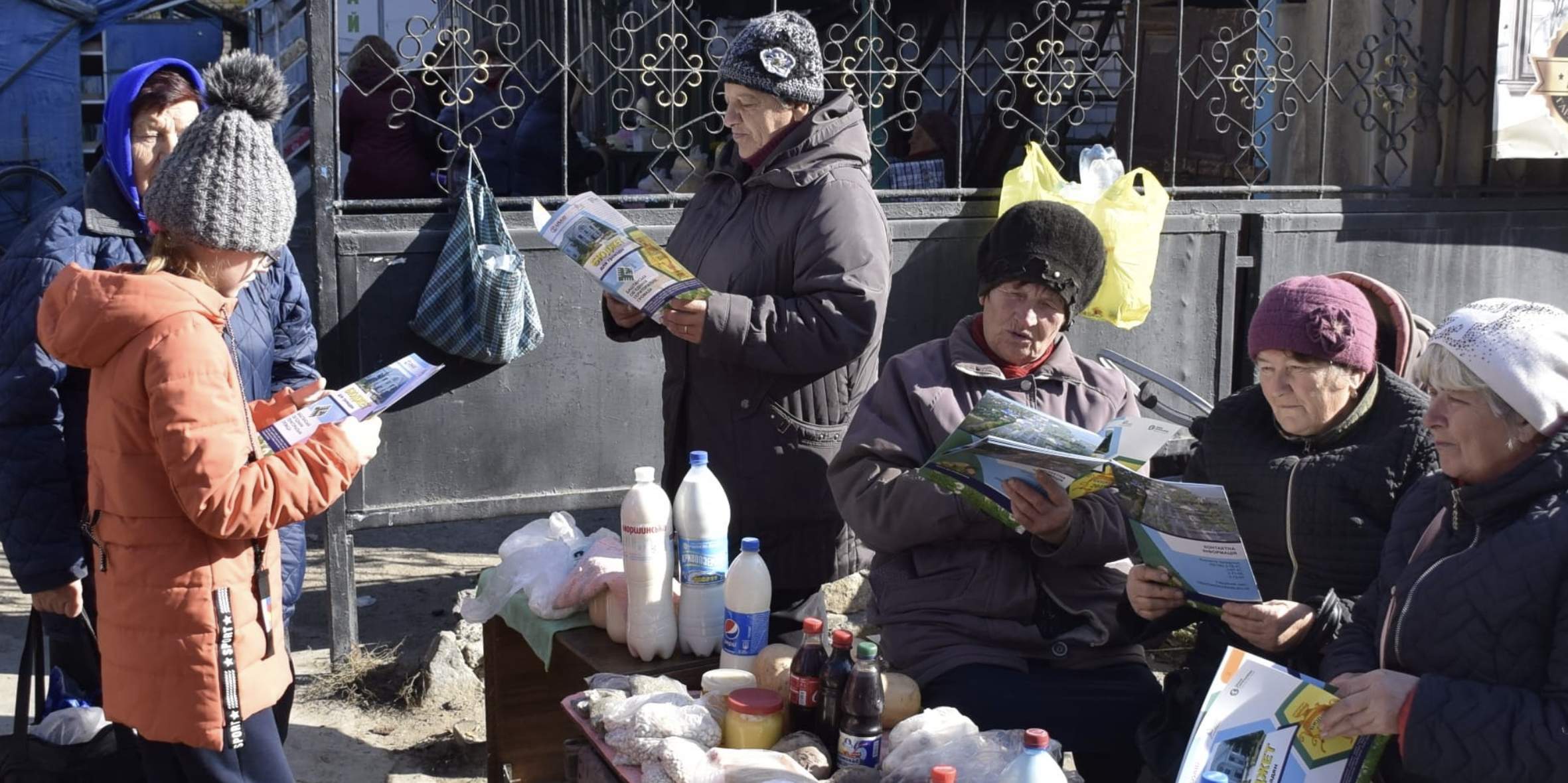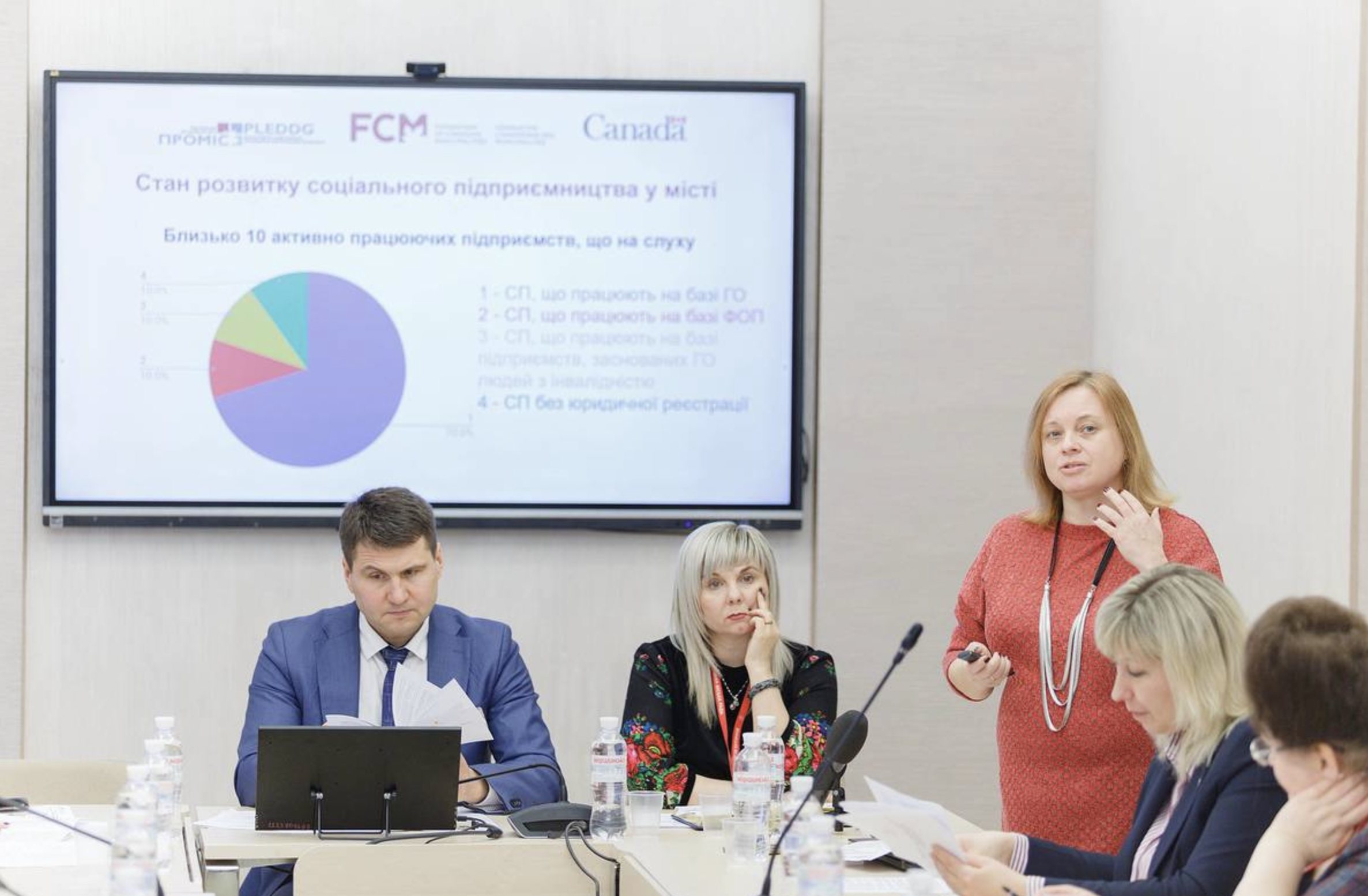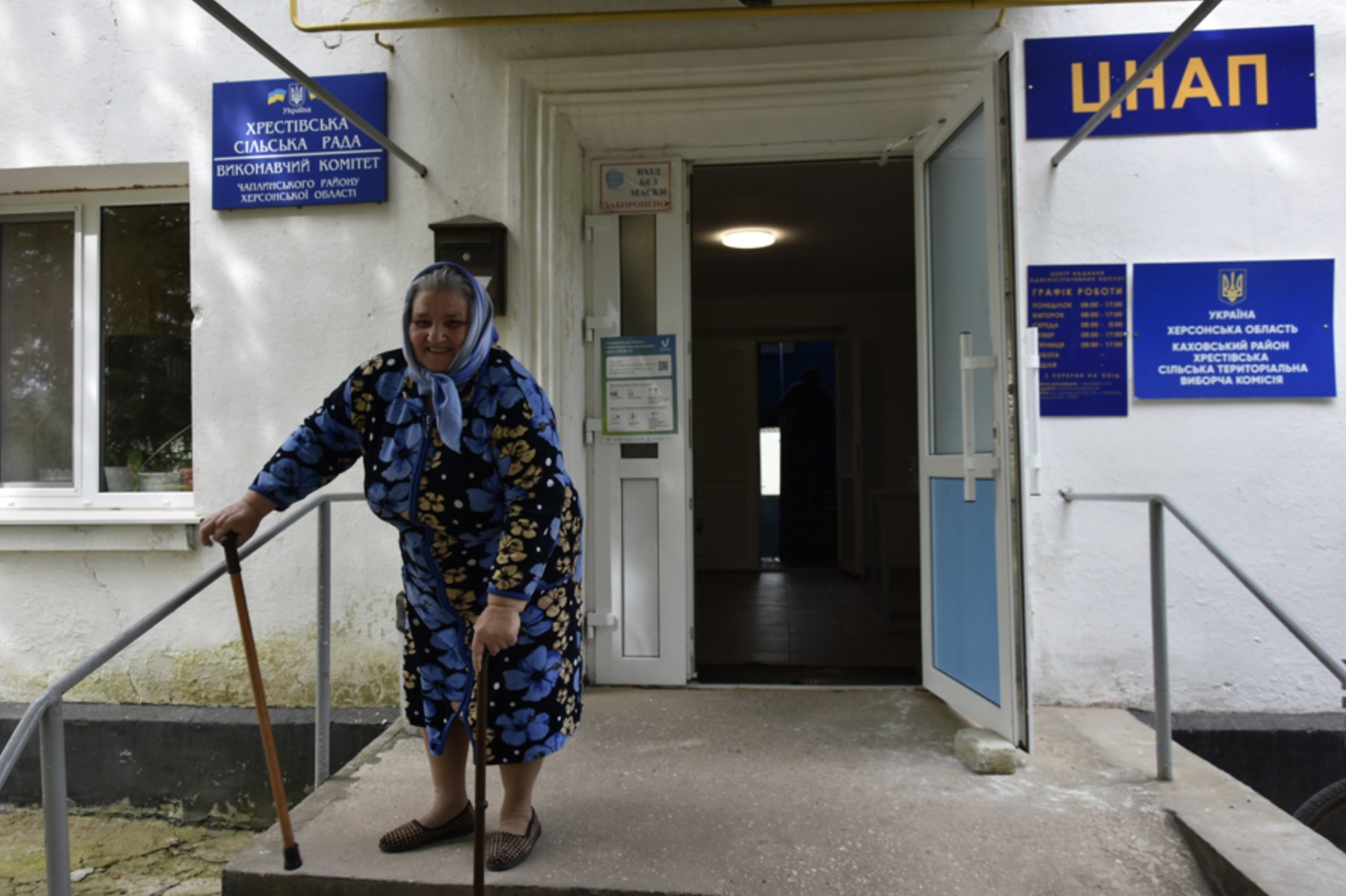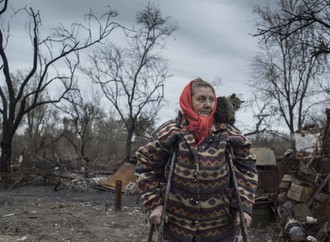Ukraine’s decentralization reform has been claimed as one of the country’s most successful since the 2013-2014 Maidan Revolution. Recently, an article in Foreign Affairs argued that Ukraine’s decentralization has ‘brought the country together’ in the face of Russia’s 2022 invasion, fostering political legitimacy, solidarity, and community pride. I offer a different perspective in my research paper published in the Journal of Intervention and Statebuilding, based on my PhD and field-trip research to Ukraine. I argue that the political, administrative, and fiscal processes of decentralization in Ukraine during the War in Donbas may have further instituted certain inequalities and emboldened oligarchic power, which may make future post-conflict reconstruction more difficult.
Stages of Decentralization
Ukraine’s decentralization involved the devolution of administrative responsibilities, fiscal resources, and political power to local government levels, as well as the joining (or ‘amalgamation’) of these local governments into larger ‘Amalgamated Territorial Communities’ (ATCs). This restructuring process commenced shortly after the War in Donbas began in early 2014 through two stages. A first stage, from 2014-2019, which involved administrative and fiscal decentralization and the voluntary amalgamation of local governments; and a second stage, which was the enforced amalgamation of remaining local governments, from 2020-2021. Some prominent aims of decentralization was that it would divert political power from the central state, which has historically been captured by oligarchic financial-industrial groups, toward ‘the people’, and thus help empower groups such as women and internally-displaced persons (IDPs).
Decentralization, destruction, displacement, and the Donbas
However, evidence suggests that decentralization may have negatively affected the political empowerment of marginalised groups. First, legislation curtailed IDPs’ right to vote in local elections, because they could not access a necessary ‘registered place of residence’, which meant local political bodies were relatively unresponsive to IDPs. This problem was illustrated by an IDP I spoke to in Zaporizhzhia (22 October 2018):
‘By our legislation we should vote in our oblast, but we cannot because we IDPs… we think that we are members of this society, and we should [be able to vote]...when the local authorities feel that IDPs are voters, and we can elect them, they try to solve our problems. If not, they are blind.’

Sellers at the local market learn about the ‘Budget for Citizens’, Bashtanska ATC. Photo: bashtanskaotg.gov.ua
Following years of anger and protest from IDPs, the Ukrainian Government finally updated the election code to permit IDP participation in the October 2020 elections.
Second, the amalgamation of smaller government structures into larger ‘ATCs’ contributed to redundancies, especially for lower-level civil servants, who are disproportionately women. As voluntary amalgamations began, 12,000 social workers and 25,000 healthcare professionals, predominantly women, lost their jobs. Education and health facilities such as preschools also closed because local budgets could not afford them, which further burdened women’s labour as they needed to spend more time looking after children. A nurse from a rural hospital in Zhytomyr Oblast explained to me the impacts of decentralization on local healthcare (12 October 2018):
‘This centre [her rural hospital] was [before decentralization] for nine rural villages. After decentralization, [there was] hope for money to be distributed. This is a day hospital. One doctor and four nurses. This centre hoped to [have] open more options … but they weren’t able due to lack of funding.’
These dynamics were worse on the frontlines of the conflict, where amalgamation in Luhanska meant most staff within social protection and children affairs departments, predominantly women IDPs, were made redundant, impacting crucial services in vulnerable communities. In this manner, the IMF was successful in pushing the Ukrainian government to eliminate wages and social spending in subnational budgets.
Third, forced amalgamation of remaining local governments in the second stage of decentralization was unpopular and catalyzed further Ukrainian political disillusionment. For example, one national survey found half the respondents experienced no consequences of decentralization reform, with 12% believing changes for the worst occurred, particularly in the provision of medical services and aid to vulnerable people. Indeed, dissatisfaction with public health with decentralization has been widely noted, which is especially of concern because of the health impacts from the war, HIV, and COVID-19 in Ukraine. This depth of disempowerment was reflected in voter turnout in the October 2020 elections. In the first round, only 39% of voters participated, lower than in previous elections. In second round voting, average turnout was a little over a quarter.
Finally, issues exploded on the frontlines of the War in Donbas with the conclusion of ATC amalgamation and the 2020 elections. Across frontline ATCs, electoral processes were suspended due to ‘security reasons’, and Civil-Military Administrations (CMA) were established across Donetska and Luhanska. Even a year later in 2021, half the CMAs in Donetska still lacked finalised leadership, while other CMA leaders received heightened remuneration. Delays meant that old local government bank accounts were blocked while new ATC accounts remained inactivated, creating an inability to cover the expenses of essential frontline services. Communal institutions were threatened with the cessation of utilities due to arrears, and thousands of social service employees missed wages, as NGOs raised concerns that vulnerable groups were especially impacted.

Presentation of the project of the Social Entrepreneurship Development Program of the Vinnytsia City ATC, Vinnytsia, March 11, 2020. Photo: myvin.com.ua
Money Decentralises to Oligarch Pockets
Supporters of decentralization reform argue that more local money causes better social services. However, huge amounts of money going to local areas with decentralization is spent on infrastructure. Evidence suggests that this money has either gone to infrastructure projects that are affected by incompleteness, inefficiencies, and/or questionable practices, or towards local representatives of pro-government parties. Indeed, recent anti-corruption investigations reveal several high-profile cases of embezzlement regarding road-based infrastructure. Budinvest Engineering is one example, a “road construction/maintenance” front company for regional oligarchic interests, with patronage in the regional Dnipropetrovsk administration and Zelenskyi government. Budinvest received billions of hryvnias in the last two years, including ₴1.5bn during the 2022 Russian Invasion, for road contracts, but with little evidence of work completed, disappearing money/materials, and vastly inflated costs.
Further, increased resources and the fragmentation of the political space have fuelled competition for well-funded, politically powerful local posts, which has excluded local residents from political decision making. A leader in a Ukrainian women’s NGO explained to me that (1 November 2018):
‘Before decentralization many villages had … female leaders. Head of the village, head of the local authority…but when the decentralization started … men came into these positions because money started to count. For example, in one village [there was] a lady, she was a head of the village … when decentralization started…many businessmen came and told her, no. You should not [run] for election. You’re a candidate … only for deputy or we will kill you’.
Indeed, local powerbrokers, whether oligarchs or local politicians (or both), have dictated decentralization; accelerating the process when opportune to extend their influence, or delayed, redrawn, or disrupted amalgamation when their interests were threatened. A worker at an NGO summarised this situation with decentralization reform (19 October 2018):
‘If we talk about rural areas … they are … divided between bigger and smaller oligarchs which are controlling different parts. This process of uniting … communities [is] … not going smoothly due to [the] interests of these oligarchs’.
Max Bader provides an example of oligarchic capture through a ‘feudal estate’ in Khrestovska ATC within the Kherson region, where, in 2020, the biggest local agricultural company was affiliated with the ATC head and approximately 70% of ATC council members.

A woman at the entrance to the Khrestivska village council. Illustrative photo: sheriffua.org
Overall, decentralization is not a silver bullet. As in other contexts, decentralization can worsen problems when pursued within insecure environments, where people are already marginalised and/or elite capture is rife, as in Ukraine. Despite promises that decentralization in Ukraine would reduce oligarchic power and empower marginalised groups, it seems these aims have not been met and may now, post-reform and with the 2022 Russian Invasion, be even more difficult to achieve. For Ukrainian decentralization to meet its laudatory aims, concurrent fundamental structural change must dismantle elite patrimonial-criminal nexuses, bring political and economic power to regular and marginalised Ukrainians, and unravel violent capitalist relations.





